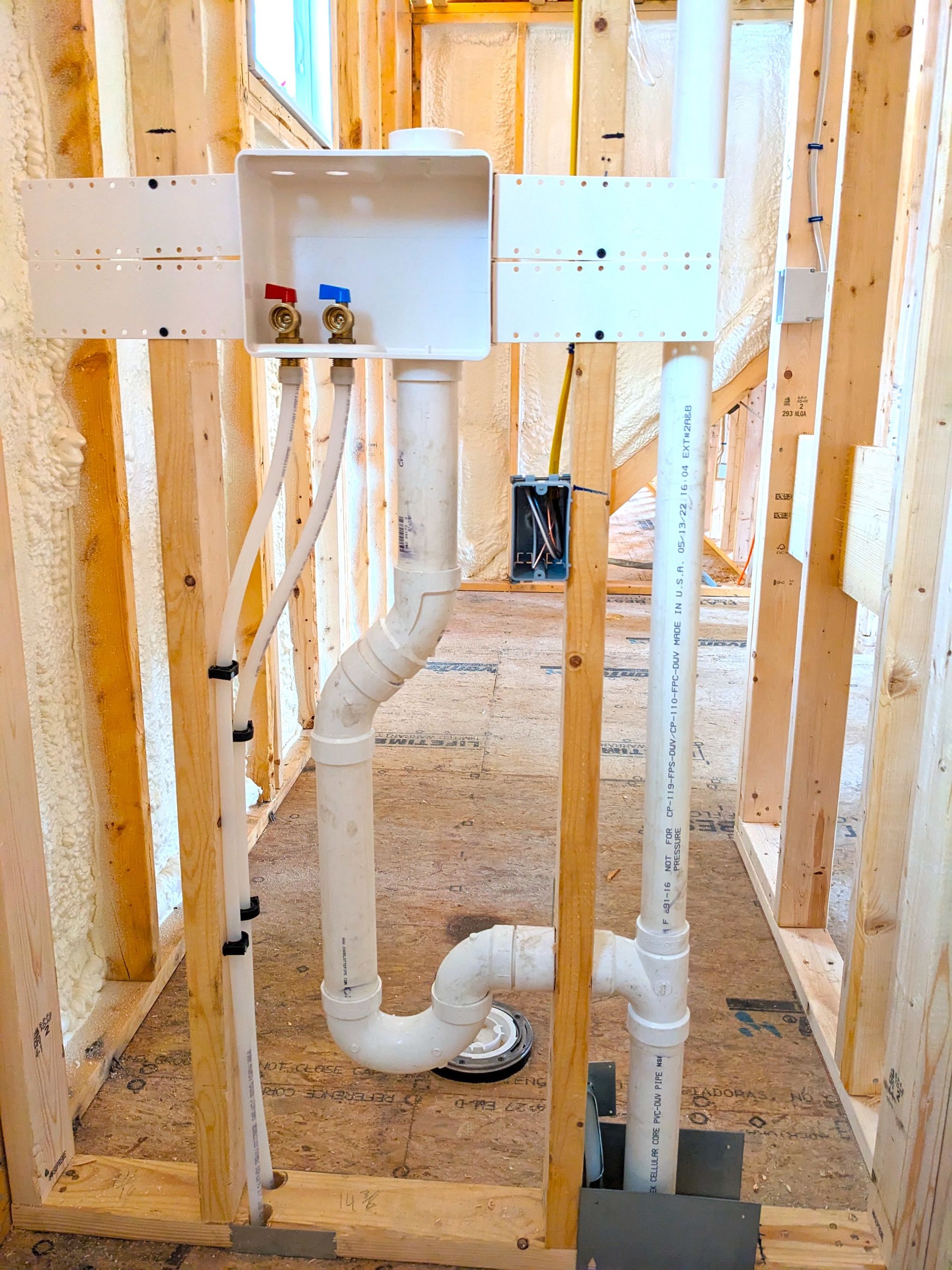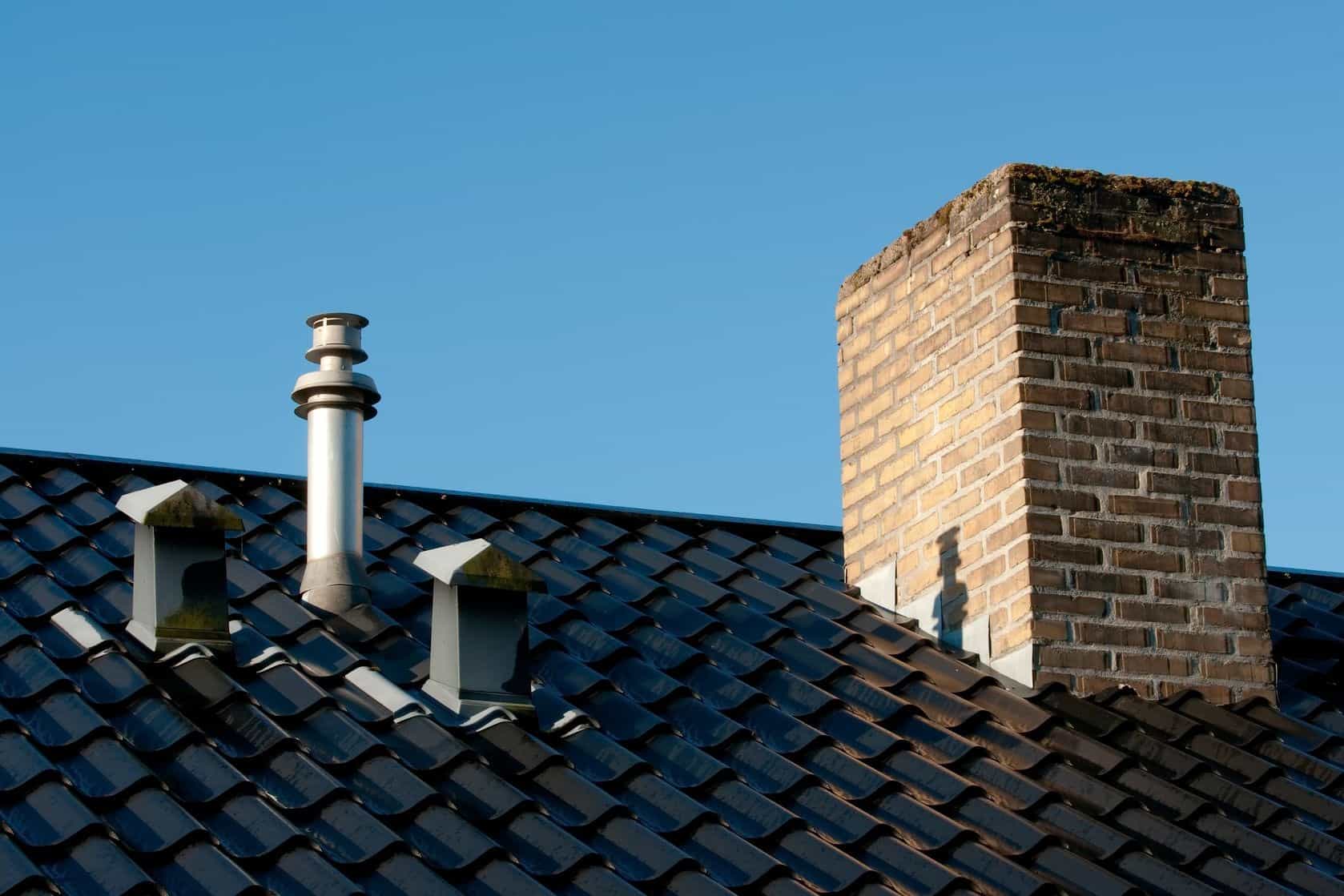The Purpose of Adequate Ventilation in Maintaining Plumbing Systems
The Purpose of Adequate Ventilation in Maintaining Plumbing Systems
Blog Article
Here in the next paragraphs you'll find some excellent additional info regarding What Is a Plumbing Vent and Why Is It Important.

Appropriate ventilation in pipes systems is commonly neglected, yet it is critical for keeping the functionality and safety and security of your home's plumbing. Ventilation assists manage air pressure, prevent the accumulation of hazardous gases, and make sure the reliable removal of waste. In this guide, we will check out the importance of correct pipes ventilation, just how it functions, and the benefits it brings to your plumbing system.
Comprehending Air Flow in Plumbing
Ventilation in pipes describes the network of pipes that enable air to move through the water drainage system. These vents offer multiple purposes, consisting of regulating atmospheric pressure within the pipelines, stopping sewer gases from entering the home, and helping in the smooth circulation of wastewater.
How Air Flow Functions in Plumbing Equipments
Atmospheric Pressure Policy
Correct air flow preserves well balanced atmospheric pressure within the pipes system. When water moves through pipes, it displaces air. Without appropriate ventilation, this displacement can produce adverse pressure, leading to slow drains pipes or siphoning of water from traps, which can trigger undesirable smells to seep right into the home.
Avoiding Drain Gas Buildup
One of one of the most crucial functions of plumbing vents is to avoid sewer gases, such as methane and hydrogen sulfide, from building up within the home. These gases can posture serious health risks and are highly flammable. Vent pipelines permit these gases to run away safely outdoors.
Helping in Waste Elimination
Air flow helps in the effective removal of wastewater by stopping airlocks in the drainage system. When air can stream easily via the vents, it allows water and waste to flow smoothly through the pipelines, decreasing the risk of obstructions and backups.
Types of Pipes Vents
Main Stack Vent
The primary pile vent, additionally referred to as the vent pile, is the main vent in a plumbing system. It extends from the main drainpipe line up with the roof, enabling gases to escape and fresh air to get in the system.
Branch Vent
Branch vents attach to the main stack vent and serve individual components, such as sinks, commodes, and showers. These vents make certain that each component has appropriate ventilation to function properly.
Air Admittance Valve (AAV).
An Air Admittance Valve (AAV) is a one-way valve that allows air to go into the pipes system without the need for a traditional air vent pipe expanding through the roof covering. AAVs are commonly utilized in renovations or locations where installing a standard vent is unwise.
Signs of Poor Ventilation in Plumbing.
Slow Draining Fixtures.
If your sinks, bathtubs, or bathrooms are draining pipes slowly, it could be a sign of poor ventilation. Insufficient air flow can create a vacuum impact, making it hard for water to drain appropriately.
Gurgling Appears.
Gurgling sounds coming from drains are typically an outcome of air being drawn through water traps as a result of unfavorable stress in the pipes. This is a clear indication of insufficient ventilation.
Unpleasant Smells.
Sewage system odors inside your home are a red flag that your pipes system is not properly ventilated. This can mean that drain gases are not being adequately aired vent outside, resulting in possibly dangerous conditions.
Common Ventilation Blunders.
Insufficient Vent Sizing.
Making use of undersized air vent pipelines can bring about poor air flow and stress imbalances in the system. It's important to utilize vents that fulfill the details needs of your pipes system.
Improper Vent Placement.
Placing vents as well much from the components they offer can decrease their efficiency. Proper placement makes sure that air can flow freely and effectively through the system.
Disregarding Code Requirements.
Building ordinance give particular guidelines for plumbing air flow. Neglecting these codes can cause a system that fails to function appropriately and may result in expensive repair work or carcinogen.
Advantages of Correct Ventilation.
Boosted System Efficiency.
Properly aerated pipes systems run a lot more successfully, with fewer obstructions, faster draining, and much less pressure on the pipes. This efficiency expands the life-span of the pipes system.
Improved Air Top Quality.
By stopping sewage system gases from entering your home, proper air flow adds to much better indoor air top quality, making your living atmosphere healthier and more comfy.
Avoiding Water Damage.
Adequate ventilation assists protect against water from being siphoned out of catches, which can bring about drain gases entering the home and creating water damage gradually.
Steps to Make Certain Appropriate Air Flow.
Consulting Pipes Codes.
Constantly consult regional plumbing codes when developing or customizing your plumbing system. These codes offer the required standards for correct airing vent and guarantee your system meets safety and security criteria.
Routine Evaluation and Maintenance.
Routine inspections can help determine possible air flow concerns before they end up being major issues. Maintenance tasks, such as cleaning vent pipes and looking for blockages, are necessary for maintaining the system in good working order.
Professional Installment.
For brand-new setups or major alterations, it's a good idea to employ a specialist plumbing technician. They have the knowledge to guarantee the air flow system is correctly developed and mounted according to code.
Conclusion.
Proper ventilation is an important part of any type of pipes system, ensuring that it operates successfully and safely. By understanding the value of ventilation, recognizing the indicators of inadequate air flow, and taking steps to keep your system, you can protect against costly issues and shield your home's air top quality.
4 Things You Should Know About Your Plumbing Vents
What Plumbing Vents Are
Also called a vent stack, a plumbing vent is a vertical pipe attached to your drain line that runs through your roof. The plumbing vent pipe, or plumbing air vent, removes gas and odors from your plumbing system and allows fresh air to enter the pipes, helping the water to flow out of the drain pipes.
What Plumbing Vents Do
Plumbing vents have two basic functions. One of which is to allow unpleasant smelling wastewater and sewer gasses to escape your plumbing system instead of entering your home. Plumbing vent pipes are typically located on roofs, away from windows, to ensure the fumes exit the home completely.
The other function of the plumbing vent is to move fresh air into your plumbing system. This helps move water through every plumbing fixture in your house, like toilets and sink drains. Think of the way in which you need to let a little air into the bottle as you pour soda in order to make the drink flow smoothly.
Different Types of Plumbing Vents
True vent: This is the most common vent option. In simplest terms, a true vent is a vertical pipe attached to your drain line that exits through the roof. They often function as the main vent that other fixtures can connect to. Re-vent pipe or auxiliary vent: Attached to the drain line near specific plumbing fixtures, re-vent pipes run up and over to connect to the main vent. Common vent: Two plumbing fixtures installed on opposite sides of a wall are typically tied into the vent stack using something known as a sanitary cross. Wet vent: This venting option operates as a drain pipe and a vent at the same time. Wet vent drainage systems drain water from one fixture while venting the air from another. Although they’ve been used for over 100 years, wet vent systems have only recently been added to the plumbing code in many areas. If you’re planning on installing one in a bathroom remodel, make sure you check your local code prior to construction. Loop vent: For free-standing fixtures like kitchen island sinks, loop vents are ideal. These vent pipes run under the floor, rise from the P-trap, and create a loop inside the cabinet sink. Air admittance valve: An AAV is a one-way mechanical valve typically installed at the site of the plumbing fixture. AAVs allow venting to occur without having to tie into a larger venting system. They’re ideal for venting fixtures where you aren’t able to easily connect to an existing vent system. Common Plumbing Vent Issues
Although vent pipes typically don’t have water flowing through them, they’re still subject to many typical plumbing issues. For example, clogs are one of the most common problems associated with sewer vent pipes. If your vent pipe gets clogged, all of your plumbing fixtures tied into the vent stack will be affected.
A sink with a slow drain that bubbles and gurgles or a strong sewage smell around your toilet are both indicators that your toilet vent pipe is clogged. Because most vent pipes exit through the roof, old leaves, twigs or even a bird’s nest could be clogging the pipe.
Clogs in your vent pipe system cause a buildup of negative pressure, meaning that water won’t be able to flow out of your home very well. It’s similar to putting your finger over the opening of a straw to trap water inside. When you remove your finger, the water is able to flow out of the straw.
If you suspect you have any blockage in your vent, make sure you have a professional come examine the situation. Left unchecked, a blocked air vent can lead to other costly repairs, like leaks and sediment buildup.
Under Pressure
Pipe vents are essential aspects of a home’s plumbing system. Owning a home means learning about all sorts of things you never put much thought into before. But by understanding as much as you can about the important systems of your home, you can keep those budgets intact and those anxiety levels low.
https://www.homeserve.com/en-us/blog/home-improvement/plumbing-vents/

We hope you liked our excerpt about Essential Plumbing Vent Pipes: Understanding Their Role. Thanks for taking a few minutes to browse our posting. Sharing is nice. Helping others is fun. Thank you so much for your time invested reading it.
Get A Quote Report this page